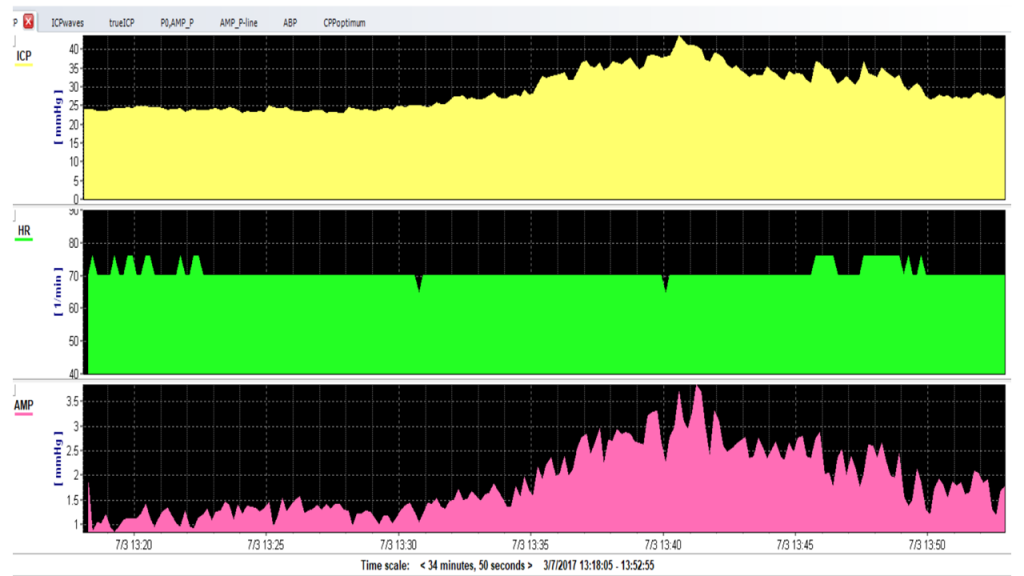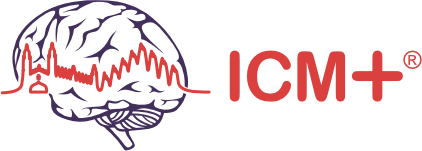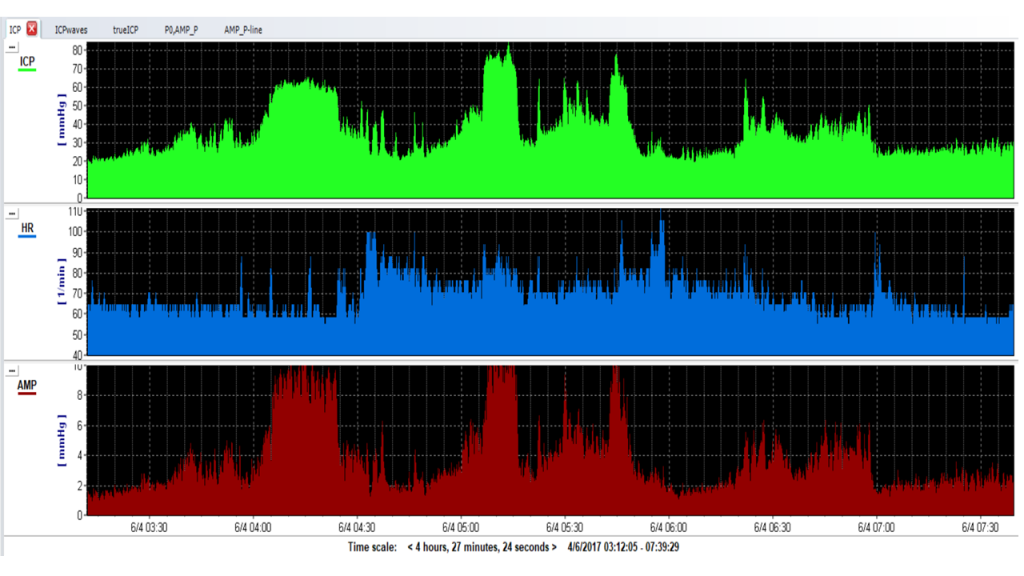Cerebrospinal fluid circulation : from the patient to ICM+ and back
Why study hydrocephalus?
Relatively infrequent condition but the only reversible dementia so far!
Modelling CSF dynamics contributes to:
- Increasing diagnostic accuracy
- Researching and further understanding the underlying disease mechanisms
- Predicting the effectiveness of neurosurgical intervention
- Diagnosing problems with shunts
In both shunted and non-shunted patients:
– Short – term ICP monitoring is achieved with infusion studies
– Long – term (Overnight) ICP monitoring
Idiopathic Intracranial Hypertension is also a rare disease that remains poorly understood in both the adult but especially the paediatric population.
CSF dynamics of IIH are completely different from hydrocephalic individuals and investigating these patients in conjunction with the clinical and imaging interventions allows us to trace disturbances in many patients with complicated courses requiring interdisciplinary care





